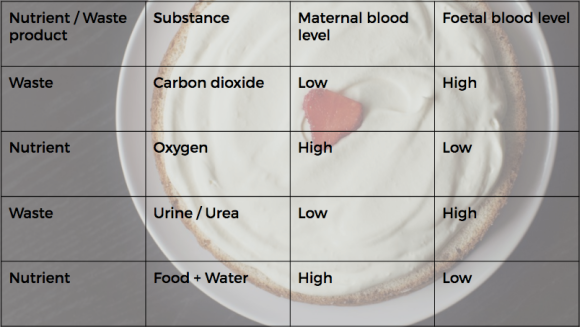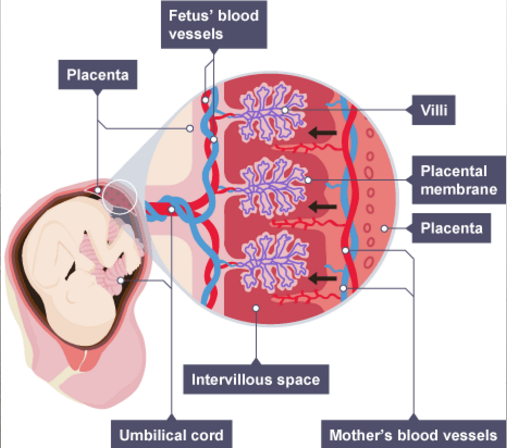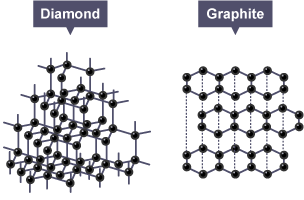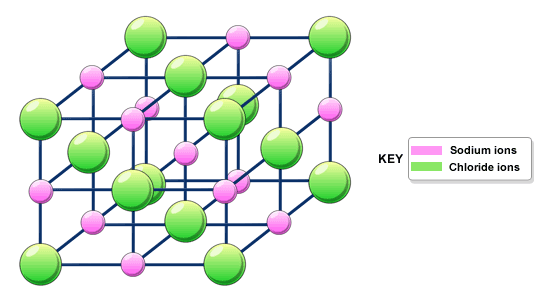Yeast makes bread, beer
Lactobacillus makes bacteria, yoghurt
Fermentation in Lactobacillus
Lactose —> lactic acid
Step 1
Sterilisation can happen if heated as well as using anti-bacteria. It removes the microbe which reduces contamination so we do not get infected.
Step 2
Pasteurisation kills the bacteria which reduces contamination so we do not get infected. Also, this makes sure that the right product is produced.
Step 3
Lactobacillus undergoes fermentation. pH lowers which denatures the protein
This is a triple science, paper 2 fact



